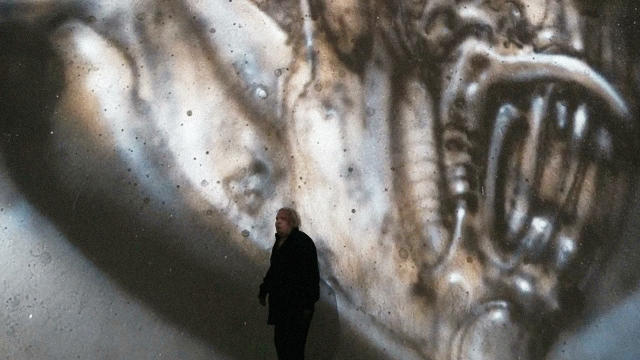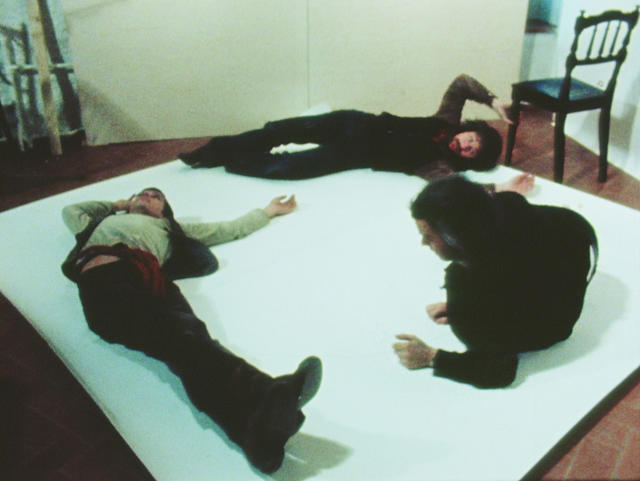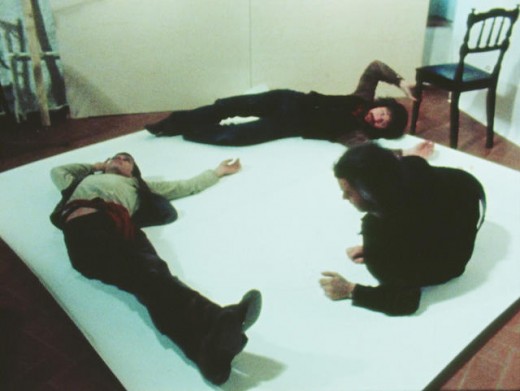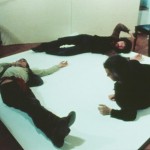a brand new Doc and show off Salute “Alien” designer H.R. Giger’s darkish Sci-Fi Legacy
“My intention was to indicate the way in which Giger actually lived within his artwork and made the uncanny, the sinister, and the scary his home.”
may just 15, 2015
Secluded at the back of the drawn colorings of his Swiss chateau, sci-fi man-in-black H.R. Giger pioneered a sublimely creepy “bio-mechanical” aesthetic obsessive about start, intercourse, and dying. This month, 12 months after his loss of life at age 74, the artist attracts contemporary consideration with a new documentary darkish famous person: H.R. Giger’s World, opening Friday, and mini-pageant working may 22 and 23 at big apple’s Museum of art & Design.
trained in industrial design, Giger directed song videos, made furnishings, created evening clubs, built bio-morphic guitars, directed surreal music videos for Blondie celebrity Debbie Harry and produced the Necronomicon guide of anatomically fantastical illustrations that served as a defacto bible for Goth-minded tattoo artists.
Oh yeah: Giger additionally received an Oscar for designing Alien in 1979, when he permanently raised the bar for what it takes to scare the hell out of sci-fi movie goers.
Giger’s legacy continues to reverberate. The decaying tooth model of Darth Vader considered within the up to date megastar Wars: The pressure Awakens trailer arguably owes a tip of the helmet to Giger’s cranium-and-skeleton obsession sparked with the aid of his encounter with a museum mummy at age six, while cyborg Ava in Ex Machina echoes Giger’s fascination with hyper-sexualized cyber-ladies.
Unseen Cinema curator Jake Yuzna believes the visual language of science fiction cinema can basically be divided into two classes: before Giger, and After Giger. “whilst you look at science fiction films prior to Alien, you both had cinephile filmmakers like Stanley Kubrick the use of aliens more as metaphors in 2001 a space Odyssey, or else you continue to had the man within the rubber suit going again to monster B-motion pictures from the ’50s and ’60s, Yuzna says. “but once Alien hit, the whole lot got in reality darkish and truly annoying. Thirty-5 years later, filmmakers nonetheless say, ‘we would like this to be Alien-esque.'”

Monster common sense
Giger turned into a grasp at tapping into unconscious sources of “physique horror” anxiousness, as Yuzna puts it. simply as importantly, he grounded even his most fantastical ideas in rigorous anatomical ideas. “certainly one of our motion pictures paperwork the original assessments of materials and movements and sculpting that went into Alien,” Yuzna explains. “you will see that that for Giger, everything needed to make sense. when you are making an alien creature, that you may’t just put a fang in the course of the brow. Giger had a huge affect on manufacturing design with this idea that if you end up creating an otherworldly environment, there needs to be a level of believability and common sense, biologically speaking.”
dark vision, pleasant Demeanor
For dark megastar director Belinda Salin, Giger defied expectations when she arrived at his house/studio to start filming the in poor health artist. “I had this image in my mind that Giger would be an unapproachable person with a dismal nature,” she says, “however in reality, he was once a pleasant man with an ideal humorousness.”
Yuzna notes that the Unseen Cinema program consistently depict Giger as a congenial collaborator. In getting to know the show, he says, “I discovered that Giger started making this work when he took remedy courses at design college, which made full sense to me. perhaps Giger used to be any such form guy because he’d found a healthy outlet for all of his internal demons.”

home of Horrors—And a Toy educate
dark famous person shows Giger gleefully driving round his estate on a home-made railroad educate that runs thru a tunnel encrusted with a whole bunch of macabre child head carvings. towards the end of his career, dread-evoking artworks and day-to-day movements had merged into a seamless entire, Salin says. “Giger’s photos show archetypal things that we know from our nightmares, from our subconscious, from our primal fears. My intention used to be to point out the best way Giger literally lived inside his artwork and made the uncanny, the sinister, and the scary his residence.”
If the Unseen Cinema movies capture an artist at the peak of his powers, dark celebrity serves as coda for a existence uncensored. Salin says, “The movie starts offevolved with Giger exhibiting us his first cranium, the one he dragged in the course of the streets of his fatherland on a string at the age of six,” says Salin. “virtually 70 years later, regardless of his vulnerable health, i believe Giger needed to make this film his final efficiency. In a society obsessed with adolescence, beauty, and health, it can be his closing piece of art in the eternal cycle of delivery, existence, and dying.”
fast company , read Full Story
(162)














